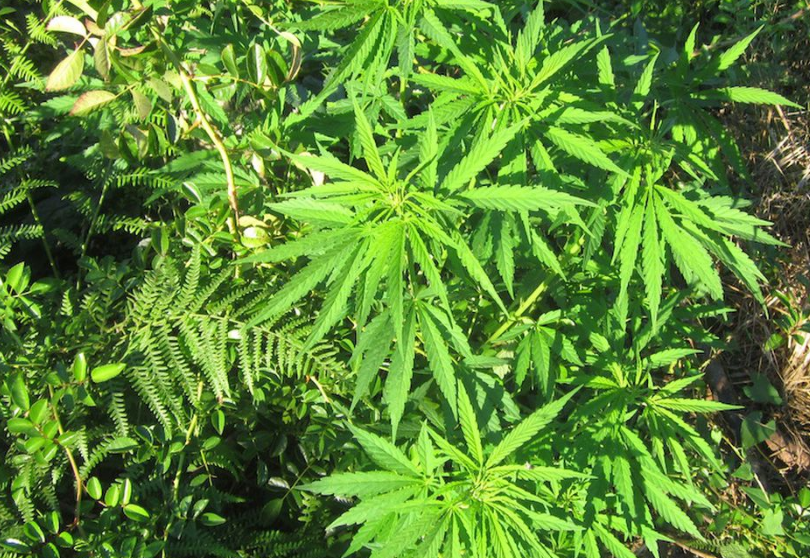Arkansas just hit a massive milestone with medical marijuana sales topping $240.9 million in the first 10 months of 2025, shattering expectations and putting the state on track to break its all-time annual record. This surge shows no signs of slowing, raising questions about what’s fueling the boom and what it means for patients and the economy ahead.
State officials from the Arkansas Department of Finance and Administration released fresh data showing that medical marijuana sales reached $240.9 million from January through October 2025. That’s a solid jump of about $13 million over the same period in 2024, when sales totaled $227.8 million. This 5.75% increase highlights how the program keeps gaining steam, even years after its launch.
The numbers come from licensed dispensaries across the state, where patients bought over 65,000 pounds of product so far this year. Experts point to easier access and more awareness as key drivers. For many Arkansans dealing with chronic pain or other qualifying conditions, this means better options for relief without relying on traditional meds.
Back in 2023, the state set its previous record with $283 million in total sales for the year. If the current pace holds, 2025 could top that by a wide margin, potentially reaching $280 million or more by December.
One thing stands out: October alone brought in $25 million, the highest monthly total yet. This isn’t just random luck; it’s part of a trend where sales have climbed steadily since the program’s start.
Patient Numbers Drive the Demand
Arkansas now has 112,760 registered medical marijuana patients as of November 1, 2025, according to the Department of Health. That’s up from previous years and shows how the program, born from a 2016 voter-approved amendment, has grown into a vital resource.
More patients mean more sales, but it also points to real needs in healthcare. Doctors have issued cards for conditions like cancer, PTSD, and severe arthritis, helping thousands manage symptoms legally.
The state has 38 licensed dispensaries operating, spread out to serve rural and urban areas alike. This setup makes it easier for folks in places like Little Rock or smaller towns to get what they need without long drives.
Growth hasn’t been without hiccups. Early on, supply issues slowed things down, but now cultivators are keeping up, producing enough to meet rising demand.
Here’s a quick look at how patient numbers have evolved:
- 2019: Around 10,000 patients when the first dispensary opened.
- 2023: Over 90,000 registered users.
- 2025: Hitting 112,760, a clear sign of expansion.

Economic Boost and Tax Revenue Flow In
All these sales aren’t just helping patients; they’re pumping money into Arkansas’s economy. The state collects a 6.5% sales tax on medical marijuana, plus other fees, generating millions for public services.
Through October 2025, tax revenue from these sales has already topped $15 million, based on state figures. That cash goes toward things like road repairs, schools, and health programs, giving a direct lift to communities.
Businesses in the cannabis sector have created hundreds of jobs, from growers to budtenders, turning what was once a niche market into a job creator. Local farmers and entrepreneurs have jumped in, boosting areas hit hard by other industry slumps.
Compare that to neighboring states: Missouri, with recreational sales allowed, sees even bigger numbers, but Arkansas’s medical-only model still holds its own. Posts on X have buzzed about similar trends, with users noting how these programs fund everything from infrastructure to education without raising other taxes.
One standout fact? Since the first dispensary opened in May 2019, total sales have surpassed $1.5 billion statewide. That’s a huge economic shot in the arm for a state that’s often overlooked in national cannabis talks.
Challenges and What’s Next for the Program
Not everything is smooth sailing. Critics worry about over-reliance on marijuana for medical needs and push for more research on long-term effects. Plus, federal laws still classify it as illegal, creating banking headaches for businesses.
Looking ahead, state leaders are eyeing ways to refine the program. There could be talks about expanding qualifying conditions or even recreational use, though that’s a hot debate.
If sales keep climbing, Arkansas might need more dispensaries or better regulations to handle the growth. Patients hope for lower prices as competition heats up, making treatment more affordable.
For now, the numbers speak for themselves. This year’s performance sets a high bar, and with two months left, all eyes are on whether Arkansas will claim that new record.
This booming medical marijuana market in Arkansas isn’t just about numbers; it’s transforming lives by offering hope to those in pain, creating jobs, and funding essential services that touch every resident. From record-breaking sales to a growing patient base, the story shows a state embracing change while tackling real health challenges.
